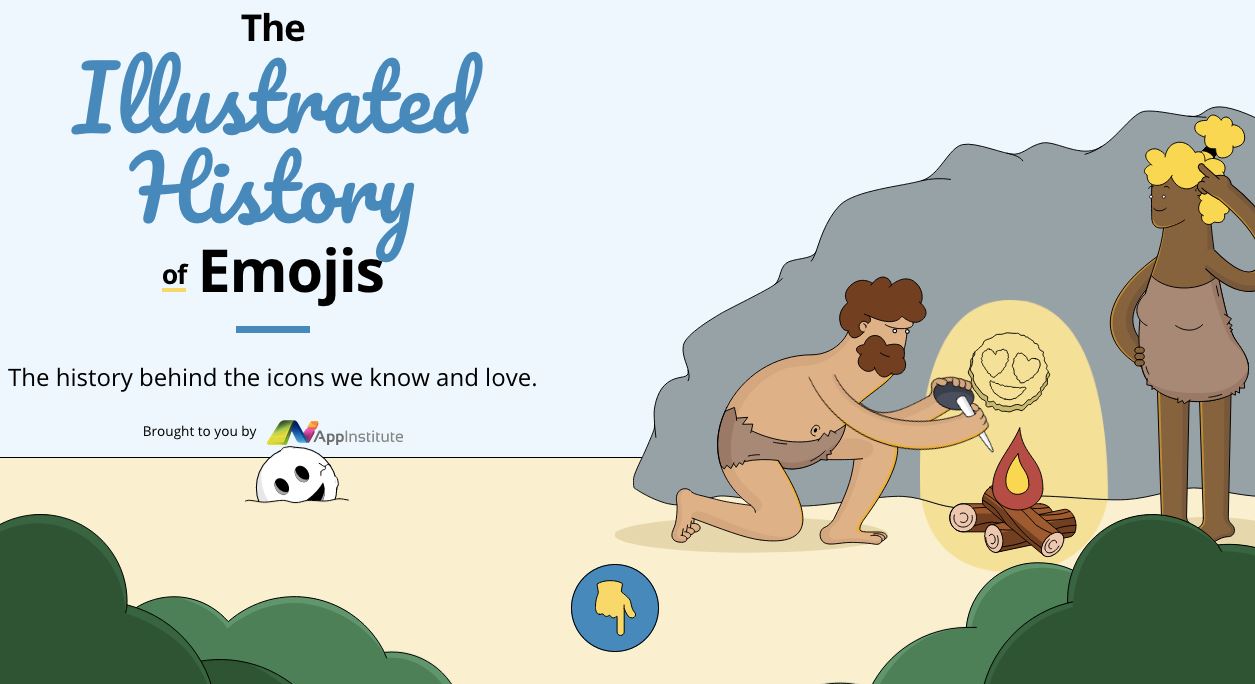
A charming tribute to “World Emoji Day 2019” by the AppInstitute
by Pisana Ferrari – cApStAn Ambassador to the Global Village
“We use them everyday to say how we’re feeling, what we’re up to, and as extensions of our personality. An emoji can be a convenient addition to a message, or even a primary method of communication”, say the authors of the illustrated “History of Emojis” timeline published by the AppInstitute on World Emoji Day, July 17. Emoji therefore not only encourage communication but also help transcend language barriers, they add.
The numbers about emoji use are mindboggling and on the rise: on World Emoji Day 2019, Facebook announced that 5 billion emoji are used daily on the Messenger platform alone. And the emoji real time tracker on Twitter flashes so fast it comes with an epilepsy warning. At cApStAn we have been exploring the potential of emoji as a developing language and find this an interesting field of research. In particular, we would like to mention the work carried out by Italian linguist Prof. Francesca Chiusaroli and her team, the first-to the best of our knowledge-to have developed an emoji grammar and glossary. Which it has used to “translate” the book Pinocchio (the most translated non fiction book in the world) from Italian to emoji: a brilliant linguistic experiment.
cApStAn articles about emoji: https://www.capstan.be/emojis-a-developing-language/ and https://www.capstan.be/emoji-are-great-and-or-they-will-destroy-the-world/
AppInstiutute timeline: https://appinstitute.com/history-of-emojis/?fbclid=IwAR3-xXrnB4kgwgeZVIC05y51fWrWBKk9vz2HehAw6rjUOcS-ZCHHbaix3vc
About the AppInstitute: https://appinstitute.com/